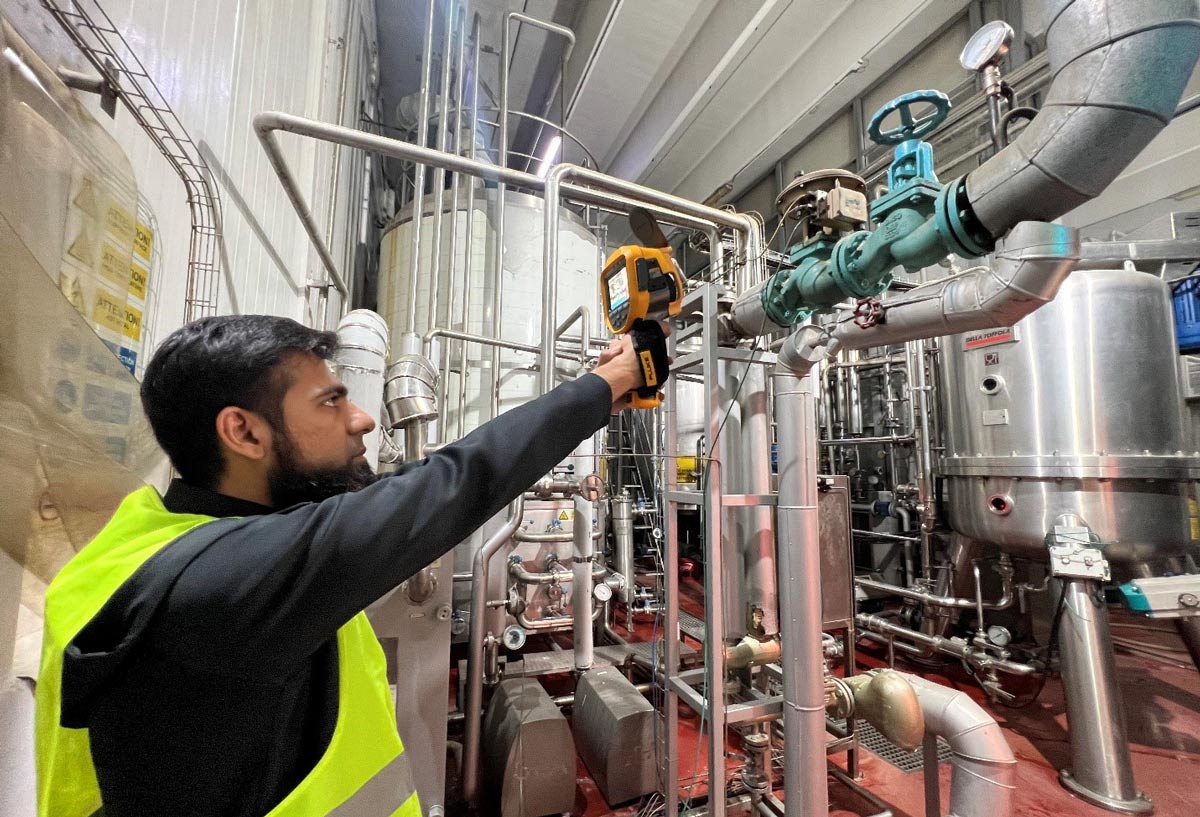
Reduce your operational cost by 25% through a detailed thermal audit.
The amount of thermal energy consumed in an industry depends on a variety of factors, including the industry’s size and production processes. Generally, thermal energy is consumed in the form of steam, hot water, or hot air, and is used for power generation, to operate production machinery, heat buildings, and provide hot water or steam for cleaning or other purposes. Additionally, some industries use thermal energy to preheat raw materials or to power other industrial processes.
Energy audits of thermal equipment in industry involve analyzing the energy efficiency of the equipment and identifying opportunities for improvement. An energy audit typically begins with an analysis of the current energy consumption of the thermal equipment, as well as an inspection of its performance. Some of this thermal equipment includes Boilers, chillers, heat exchangers, furnaces, Refrigeration Units, Cooling Towers, Heat Recovery Systems, Steam Traps, and Heat Pumps.
CIBEA’s Scope of Work in thermal auditing:
| Genset (Gas, Diesel, HFO) |
|
| Boiler (Fuel fired, WHR) |
|
| Chiller |
|
| Furnace (Combustion Furnace e.g. Reheating Furnace, Cupola Furnace, etc.) |
|
| Steam Piping |
|

